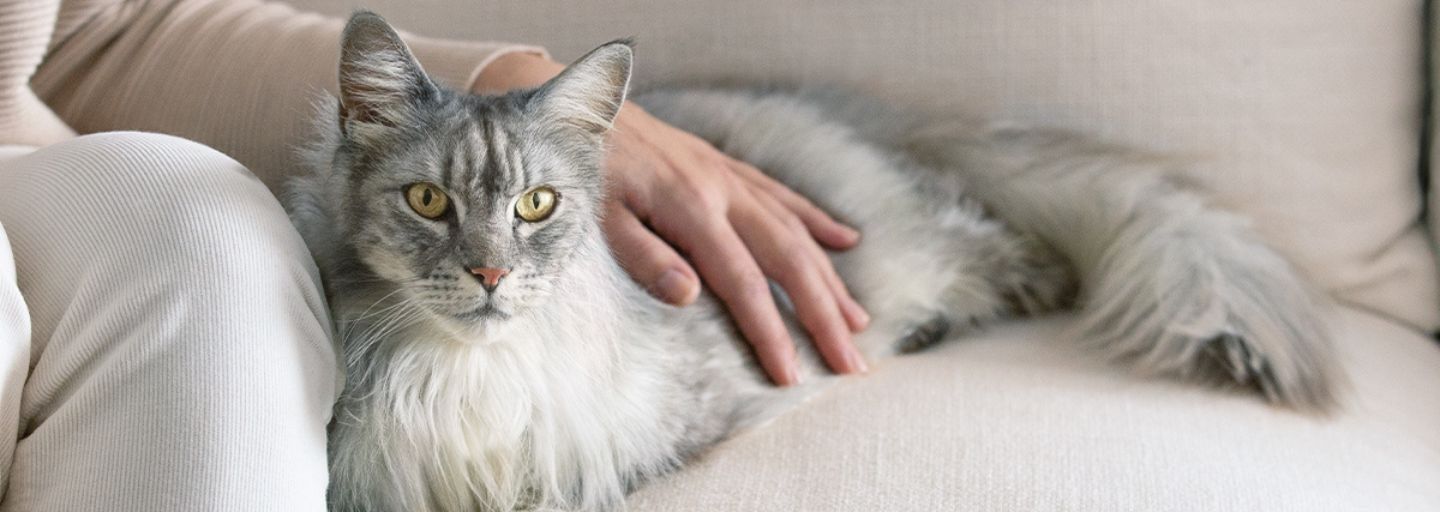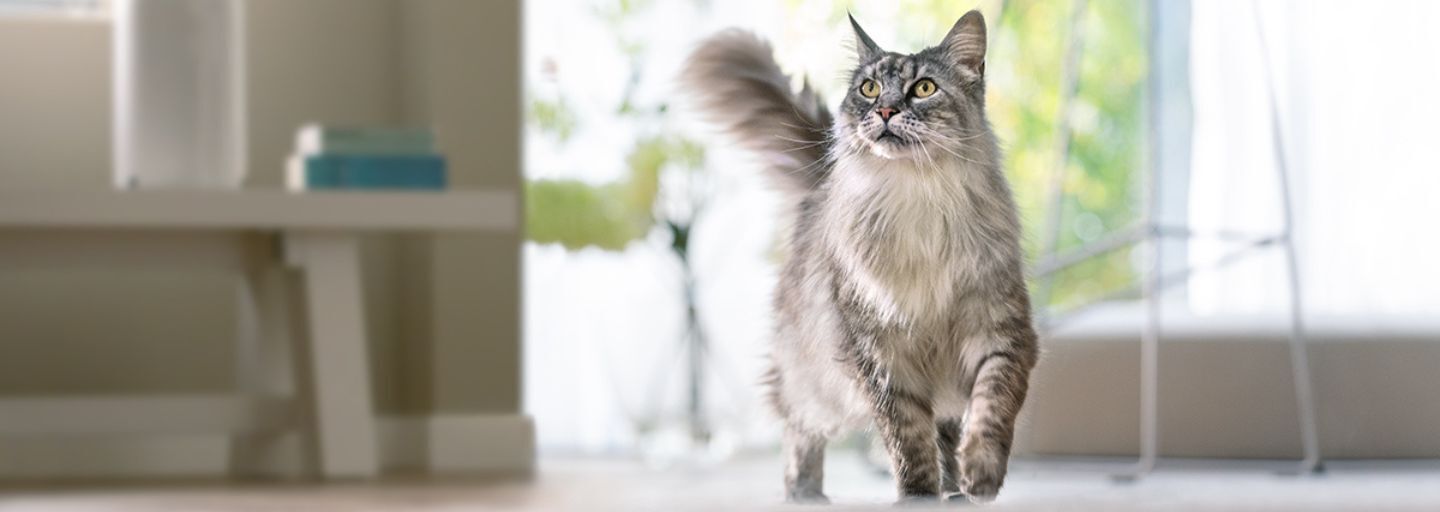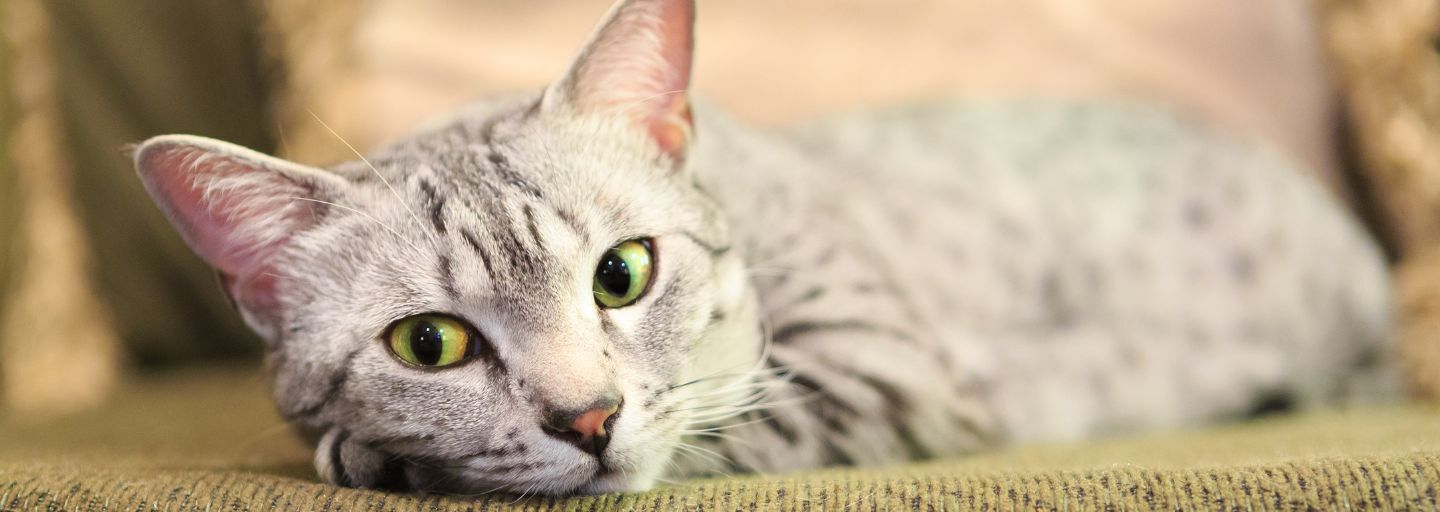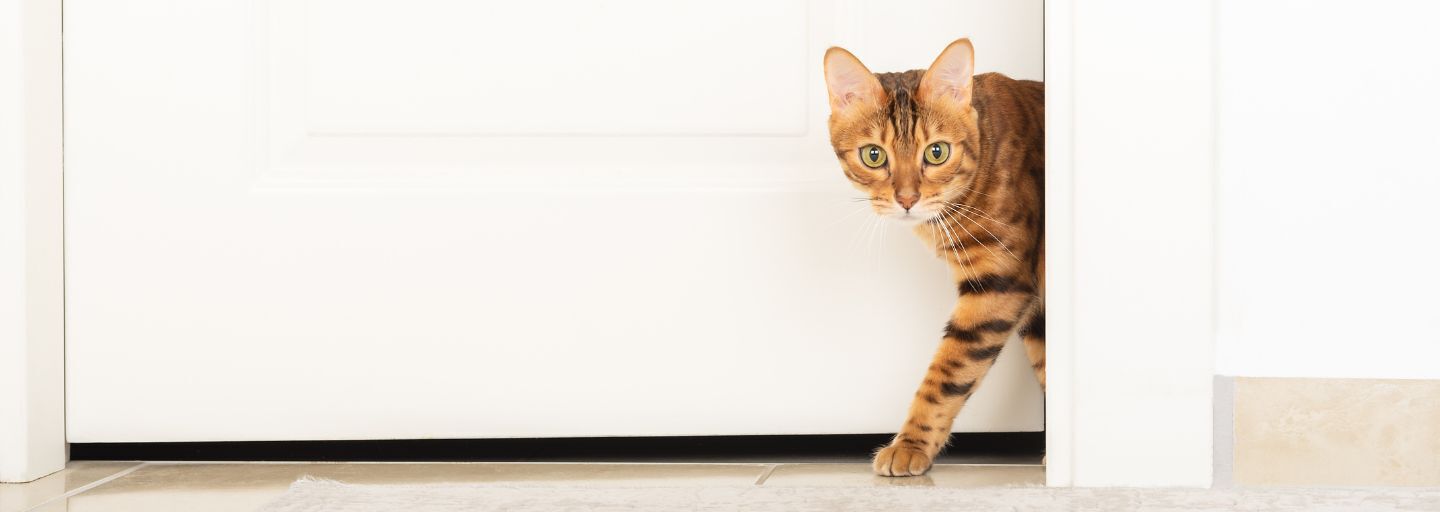Behind their cool and calm veneer, many cats are actually highly susceptible to stress. Cats live their lives in our homes under conditions that don’t match the environment they are used to in the wild. New sights, sounds, and smells or the absence of those that have become familiar may stress your cat.
But don’t worry, not all stress is bad. Some sources of stress such as new toys, textures, and tastes will stimulate your cat in a positive way. These will help your cat learn and grow familiar with the world around them. Just like people, however, too much stress is bad for cats and may lead to health issues. Cats can be poor communicators and tend to become distant and internalize the stress, making it hard to tell where it comes from.
This guide will help you recognize signs of stress in your cat. We will discuss six common causes of negative stress and what you can do to alleviate them.
How Do I Know if My Cat is Stressed?
It’s important to know your cat’s habits so you can recognize changes. Alterations to your cat’s sleep pattern, appetite, and level of energy may all be signs that they are becoming stressed. As the stress worsens and accumulates over time, your cat may exhibit signs such as aggression, trembling, excessive grooming or meowing, and unpredictable urination.
Be careful – many of these signs of stress can also be evidence of an underlying medical problem. If you notice these behaviors, it’s best to visit your vet to make sure your cat is in good health.
Stressful Situation 1: Changes to Your Home
Cats are naturally territorial, and changes to your home environment can set them on edge. You will be surprised just how sensitive your cat can be to your interior decorating! Here are some changes that often cause cats to stress:
- Rearranging or purchasing new furniture
- Renovations and remodeling
- Clutter and mess
- Christmas decorations
Top Tip: When making changes around the house, you will need to be very sensitive to the position of your cat’s food, water, and litter box. Moving or blocking access to these items can abruptly interrupt their feeling of safety and cause intense stress. Imagine if someone put an obstacle in front of your fridge!
Stressful Situation 2: Moving House
Everyone experiences stress when moving house, and it’s common for your cat to be badly affected. Being suddenly thrown into an unexpected environment is difficult for a meticulous hunter that likes to understand its surroundings. Cats will experience the same stress when you bring them into your home for the first time – remember, they are still moving house!
Top Tips: When moving house, stick to the following guidelines to help your cat:
- Unpack as much as you can before your cat arrives. This will stop your cat from being stressed further by any additional changes.
- Take your cat’s favorite items and arrange them in a familiar way.
- Allow your cat to get acquainted with the new surroundings on their own terms. This may mean confining them initially to a small space and gradually increasing the area over time.
- Give your cat as much love and affection as possible.
Stressful Situation 3: New Pets or People
Cats mark and guard their territory using their sense of smell. Scent is an important communication tool to cats, and unfamiliar smells may be interpreted as an encroachment onto their territory, creating stress. New cats, dogs, babies, and partners can all trigger this anxiety. But even guests or temporary pet sitting can be enough to cause stress.
Top Tip: When you introduce your cat to a new person or pet, follow these steps:
- Introduce their scent to your cat with a blanket, toy, or item of clothing belonging to the new addition.
- Have a short and controlled introduction and initial meeting. Make sure there is a clear path for your cat to retreat if it does not feel safe.
- Gradually extend the time your cat spends with the new person or pet until they are completely comfortable.
Stressful Situation 4: Absence of a Person or Pet
Loss and absence are hard for cats, just like they are for humans. If a family member or pet in your household passes away or leaves, this may cause your cat to suffer from stress.
Top Tip: Increasing your cat’s amount of physical activity is a great way to help them deal with their emotions. If your cat is indoor only, introduce extra playtime. If your cat can go outside, help them get outdoors and give them a new environment to explore without overstimulating them. The change of scenery can help.
Stressful Situation 5: Change in Season or Temperature
As a natural predator, your cat is highly in tune with the environment around them and the movements of the sun. Adjusting to extreme temperatures within a confined environment can be difficult for cats. Daylight savings can also be confusing for a cat and throw their entire daily routine out of kilter.
Top Tip – Winter: Help your cat deal with winter by providing several blankets and comfortable places to snuggle. Introducing extra playtime or new toys will also assist.
Top Tip – Summer: Make sure your cat has lots to drink and plenty of cool shady places to nap. If you are using a fan to deal with the heat, keep in mind that some cats do not like the noise or the breeze.
Top Tip – Daylight Savings: Move your cat’s feeding times one hour earlier or later so that they are not affected by daylight saving. You may need to watch your cat and adjust feeding time until they are comfortable.
Stressful Situation 6: Overwhelming Stimulation
Cats like to investigate new noises and be touched and massaged – but only in moderation.
Loud music, television, or the sounds of other pets can set your cat on edge. Consider turning down the volume if your cat is getting stressed.
Similarly, too much physical contact may be difficult for your cat to process. Keep an eye on your cat’s body language when they are being touched – you’ll be able to tell when they’ve had enough. If your cat is craving physical affection, massage their skin by making a circular motion with your fingertips. This will help them to relax.



